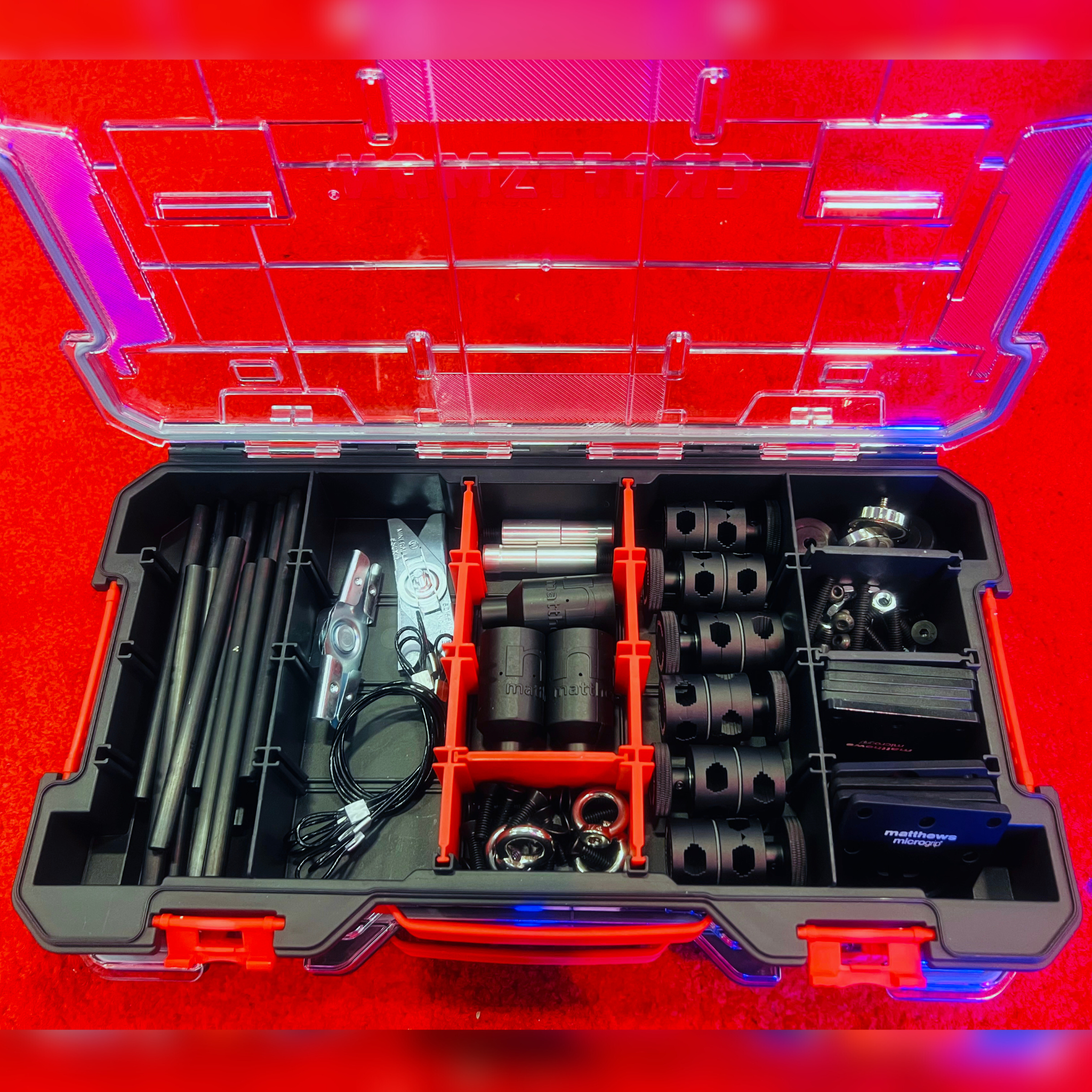Further Report finds a la carte good for consumers
The FCC Media Bureau reversed course Feb. 9 finding consumers would be better off under an a la carte model of video service delivery. The ruling was reversed largely because of errors in a report upon which it relied. That report claimed that consumers could not to choose which channels to receive from a paid service because it was not economical.
In issuing its Further Report on the Packaging and Sale of Video Programming Services to the Public, the bureau also explored ways subscribers could benefit by increasing their choices in purchasing programming.
The Further Report describes errors in the Booz Allen Hamilton Study that the Media Bureau relied upon to support the conclusion of the earlier report. According to the Further Report, the 2004 report relied upon unrealistic assumptions and presented biased analysis in concluding that a la carte “would not produce the desired result of lower multichannel video programming distributor (MVPD) rates for most pay-television households.”
The Further Report identifies mistaken calculations in the Booz Allen Hamilton Study, which was originally submitted by the cable industry for commission consideration. Booz Allen Hamilton has acknowledged the errors, which other economists also have confirmed.
The Booz Allen Hamilton Study failed to net out the cost of broadcast stations when calculating the average cost per cable channel under a la carte. As a result, it overstated the average price per cable channel by more than 50 percent, the Further Report said.
To read the report, visit www.fcc.gov/mb.
Get the TV Tech Newsletter
The professional video industry's #1 source for news, trends and product and tech information. Sign up below.
